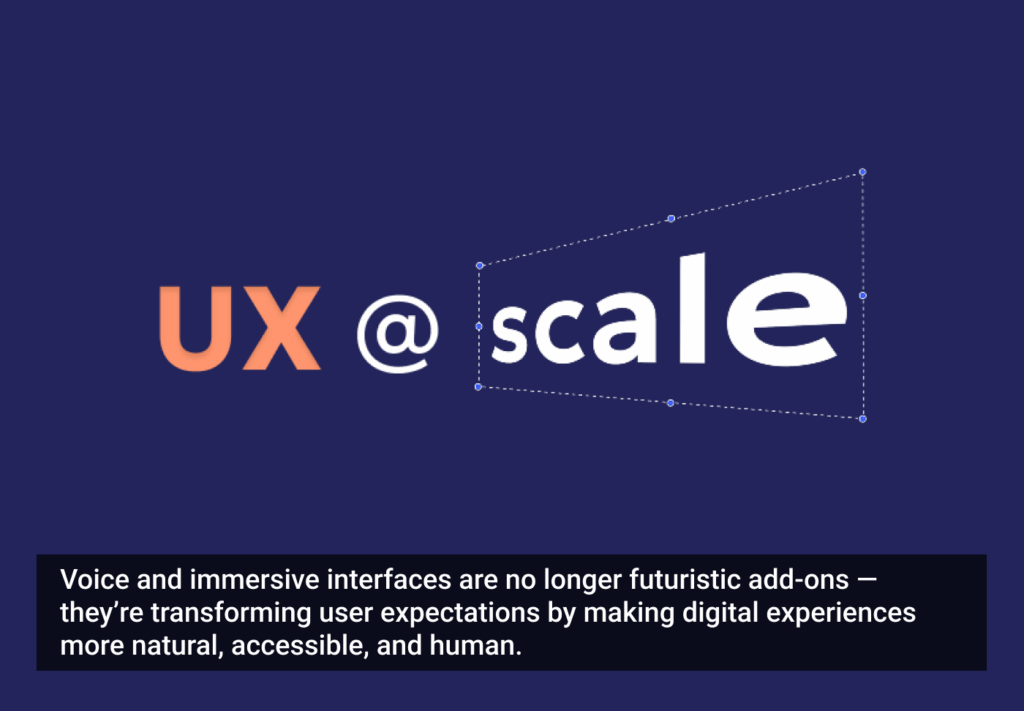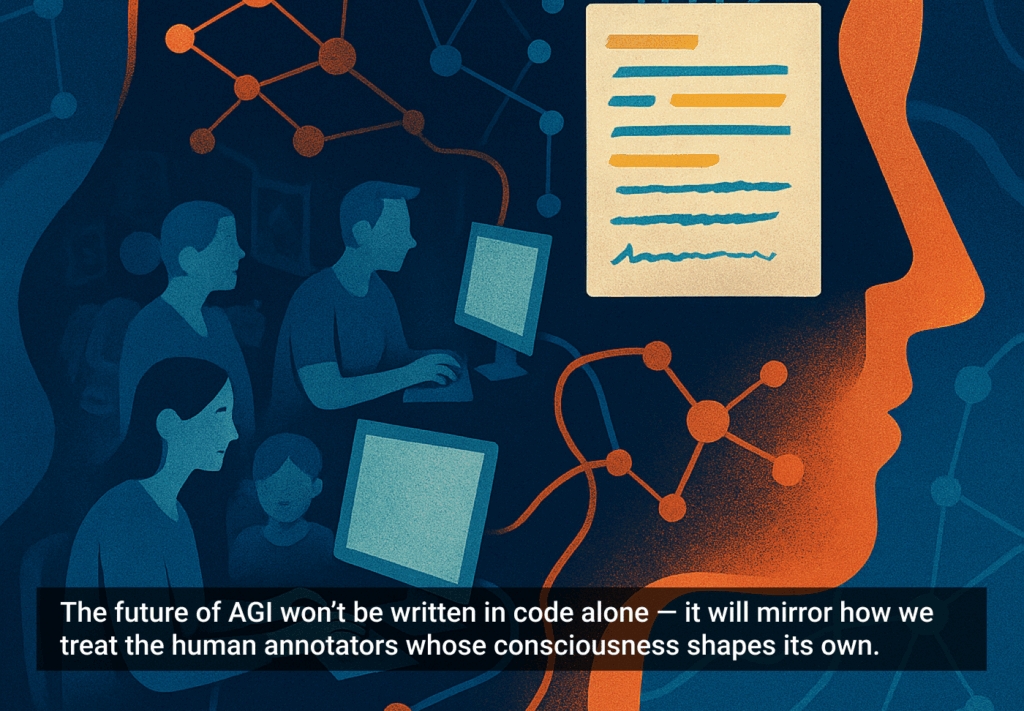In a world captivated by the allure of artificial intelligence, where futuristic visions from novels like “Brave New World” come to mind, it’s easy to get swept up in the excitement of technological advancements. AI is undoubtedly here to stay, however, and like most, I find it incredibly fascinating. The potential benefits it has for society are remarkable, and I am excited about what the future holds.
Despite the ongoing discussions surrounding the advancements in AI, as UX professionals, it is crucial to never lose sight of the individuals who frequently occupy the other side of the screen. Humans, intricate beings with their complexities, fallibilities, and emotions, play a central role in our interactions and understanding of one another. While AI can assist us in various ways, it is important to acknowledge that true comprehension of someone often stems from direct communication and genuine conversation.
As Mohsin Hamid once said, “Empathy is about finding echoes of another person in yourself.”
Engaging in dialogue allows us to find those echoes, grasp the intricacies of human experiences, empathize with their emotions, and form meaningful connections. As we navigate the AI-driven landscape, we should always remember that the most profound understanding often emerges from the simple act of talking to one another, embracing the richness and depth of our shared humanity.
AI holds immense potential for enhancing our lives, automating tasks, and revolutionizing industries. It has the potential to change the user experience landscape. Yet, as we venture further into this realm of boundless possibilities, it is crucial to remember that there remains an irreplaceable essence behind the algorithms and intelligent machines—the innate need for human connection and collaboration. Even as AI propels us forward, the inherently human nature of cooperation and interdependence ultimately sustains us, reminding us that in our journey toward progress, we must never lose sight of the irreplaceable value of one another.
While AI undoubtedly offers remarkable capabilities and potential, it is vital to recognize its limitations when it comes to empathy and understanding humans. AI algorithms and models are designed to analyze data, recognize patterns, and make predictions, but they lack the complex emotional intelligence and nuanced understanding that comes naturally to humans. Empathy, compassion, and deep comprehension of human emotions are intricately woven into our social fabric, shaped by our experiences, cultural contexts, and personal growth.
How can AI help UX designers?
AI can assist in streamlining and enhancing the UX design processes.
How?
By harnessing AI, UX designers can free themselves from mundane and repetitive tasks, allowing them to dedicate more time and energy to critical aspects of their work. Such as spending more time conducting research, whether that be contextual inquiries or simple 1 to 1 interviews. Essentially, more time could be spent talking to real people – the very reason many of us get into UX.
Using AI to automate the process of data analysis, rapidly sifting through vast amounts of user feedback, behavioral patterns, and usability metrics – designers are likely to find insights far quicker, empowering them to make data-driven decisions and iterate on designs with greater precision. This will reinforce stakeholders’ trust by demonstrating that UX designers are not merely a whimsical group relying on gut feelings, but rather a profession that’s grounded in evidence and expertise.
With the help of machine learning algorithms, designers can leverage predictive modeling to anticipate user needs and preferences, leading to more personalized and tailored experiences. AI-powered tools can automate prototyping, generating interactive design elements based on user inputs and preferences. Combining this ability with user research has the potential to be hugely powerful.
This automation accelerates the design iteration process, allowing designers to rapidly test and refine their ideas. By automating repetitive tasks and providing intelligent design recommendations, AI empowers UX designers to focus on higher-level thinking, creativity, and strategic problem-solving, ultimately improving the overall quality and impact of their designs.
AI does not simply disregard human creativity and intuition – these traits will forever remain indispensable. AI should be seen as a powerful tool in a designer’s toolkit rather than a complete replacement. The human touch, empathy, and deep understanding of user needs and motivations are still critical for crafting truly exceptional user experiences.
Where to for us?
As the owner of feedme.design, a small design agency based in Belfast specializing in UX for startups, we’re already harnessing the power of AI to take our services to new heights.
By integrating AI technologies, we’re gaining invaluable insights into user behavior and preferences, enabling us to make informed design decisions that cater to our client’s specific needs. AI automation is freeing up our time, allowing us to focus on unleashing creativity and strategic thinking.
With AI’s predictive capabilities, we create personalized experiences that deeply resonate with our target audiences. At feedme.design, our mission is to deliver outstanding user experiences that fuel the growth and success of startups in a fiercely competitive landscape. Regardless of what technology we use, one thing will always be true – users will always be at the heart of it.








